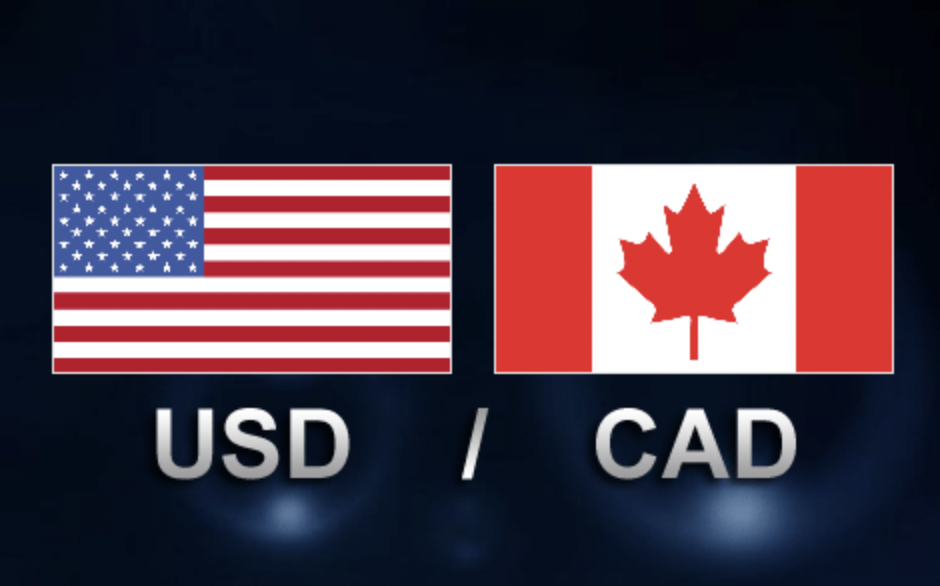
Daniel Rogers
Feb 13, 2023 14:42

The USD/CAD rebounds from a five-week low. After a solid employment report and an increase in oil prices, Loonie bears joined the market. Before the release of the US CPI, aggressive Fed comments and good US data test sellers.
After falling the most in five weeks the previous day, the USD/CAD is fluctuating around the middle of the 1.3300s in the early Asian session on Monday. Ahead of US Consumer Price Index (CPI) data, the Loonie/U.S. dollar pair exhibits market consolidation amid mixed US signals.
After a strong Canadian employment report and a rise in WTI crude oil prices, the Loonie pair dropped the most since the beginning of January.
WTI crude oil reached a new monthly high of $80.48 the day before, despite market rumors that Russia may reduce oil production by 500,000 barrels in March to counter European penalties.
The Net Change in Employment for January in Canada increased to 150K from 15K expected and 69.2K revised. The unemployment rate was 5.0%, not 5.1%.
As evidenced by BoC Governor Tiff Macklem's dovish comments, the stronger Canadian employment report makes it tougher for the Bank of Canada to pause its rate hike trajectory, benefiting USD/CAD bears.
Nevertheless, preliminary US University of Michigan (UoM) Consumer Sentiment for February increased to 66.4 from 65.0 anticipated and 64.9 previously. This month, the UoM announced that inflation forecasts for the coming year jumped to 4.2% from 3.9% in January and 4.4% in December. UoM said that long-term inflation estimates (5-year) stayed at 2.9% for the third consecutive month and remained within a narrow band of 2.9% to 3.1% for 18 of the last 19 months. Friday, the US Bureau of Labor Statistics adjusted the December Consumer Price Index (CPI) from -0.1% to 0.1% based on revised seasonal adjustment variables.
Recent contradicting statements from Richmond Federal Reserve (Fed) President Thomas Barkin and the US-China dispute over "unidentified objects" appear to challenge sentiment and boost the USD due to its safe-haven status.
S&P 500 Futures decrease as interest rates on US Treasury bonds increase, benefiting the US Dollar and USD/CAD buyers ahead of critical US inflation data.
Due to reports of a Fed policy shift, USD/CAD traders should monitor risk catalysts before to the January US Consumer Price Index (CPI) release on Tuesday.

Feb 13, 2023 14:37
